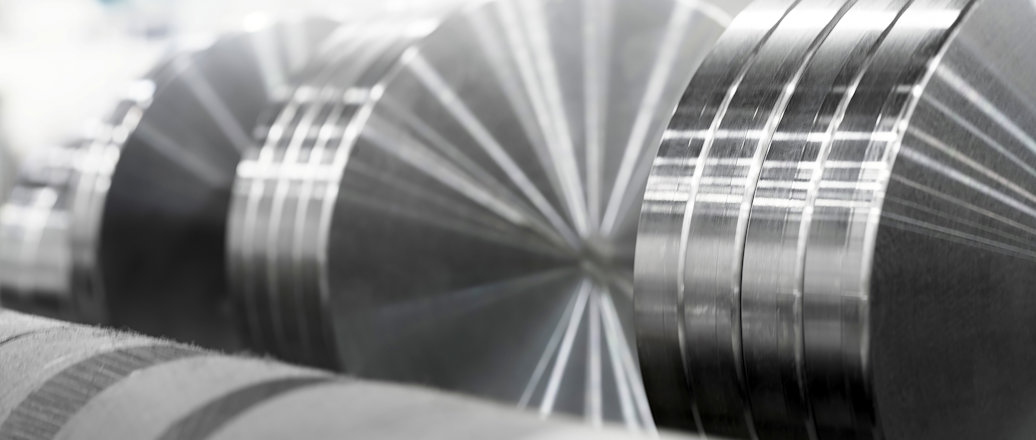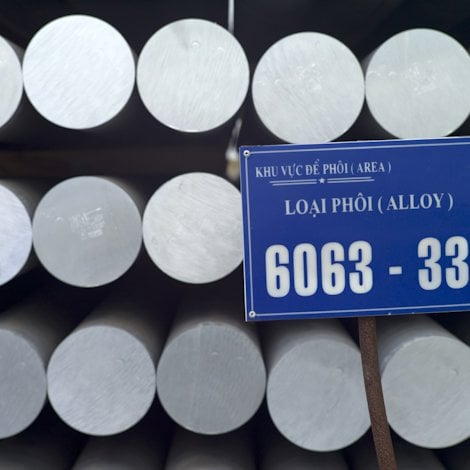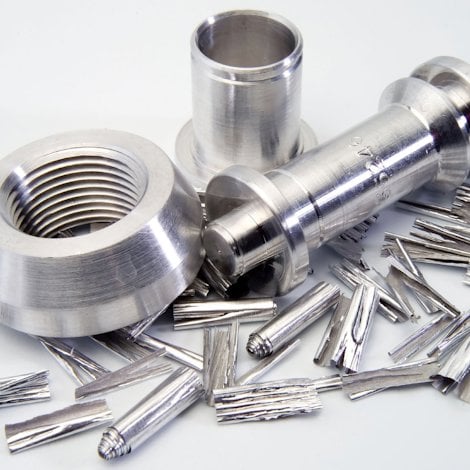What you need to know about lead-free aluminium alloys
Adding lead for machinability is not an argument anymore, because we have developed new alloys that can replace those which contain lead. Do you know how you can benefit from using these alloys?
Lead is used as an alloying element in aluminium for machining purposes, but it is generally forbidden in consumer products, and its exemption in aluminium will expire in a couple of years. This is why we have been developing lead-free alloys.
Do you know how much lead your aluminium suppliers use in the alloys they deliver for your products? How about the lead-free aluminium alloys that have been developed? These are questions you should consider when you look at using aluminium in your new product designs.
The issue with lead is not new, but the concerns are getting more important because exemption 6b in RoHS is going to expire in Europe in 2021. In particular, I’m talking about 6(b)-II under RoHS Annex 3, which refers to lead as an alloying element in aluminium for machining purposes with a lead content up to 0.4 percent by weight.
Lead as an alloying element in aluminium
When an aluminium producer intentionally adds lead as an alloying element, they need to make sure that the alloys comply with European REACH and RoHS legislation. Stick with me here while I explain.
- REACH – the Registration, Evaluation, Authorization, Restriction of Chemicals – addresses the production and use of chemical substances and their potential impact on human health and the environment. RoHS stands for Restriction of Hazardous Substances.
- While RoHS restricts the use of specific hazardous substances present in electrical or electronic products, such as lead, mercury and cadmium in wiring and cabling, REACH controls all the chemicals that might be used to manufacture the product. Such as coatings, paints and solvents.
- The main difference between the two is that RoHS bans substances that are present in the electrical equipment within the directive. REACH pertains to all chemicals, including those used to make a product.
- RoHS compliance is important because the restricted materials are hazardous to the environment and pollute landfills, and are dangerous in terms of occupational exposure during manufacturing and recycling.
All RoHS-restricted substances also are on the REACH restricted list.
Replacing lead in aluminium alloys
The RoHS requirement states that lead (Pb) content shall be below 1000 parts per million (ppm). Mercury content also shall be below 1000 ppm, while cadmium content has a maximum limit of 100 ppm.
Lead was – and still is, in other markets than the EU – intentionally added in some 6xxx-series aluminium alloys for achieving better machinability. In those cases, lead was regarded as an alloying element. The rules for the U.S. market have lead limits of 0.5 percent in aluminium alloys. These tend to be 6xxx-series alloys for improved machinability, such as the 6262 aluminium alloy.
Lead-free aluminium alloys
As I mentioned, adding lead for machinability is not an argument anymore, because we have developed new alloys that can replace those which contain lead. This is a sustainable solution.
In fact, we have successful implementations where we replaced lead-containing alloys with lead-free variants. And these are truly lead-free, not ones that simply contain less than 0.1 percent lead.
My advice is that you double-check with your supplier when you ask them about their lead-free aluminium alloys. Are they completely lead-free? Maybe not. Be sure you get what you want.





